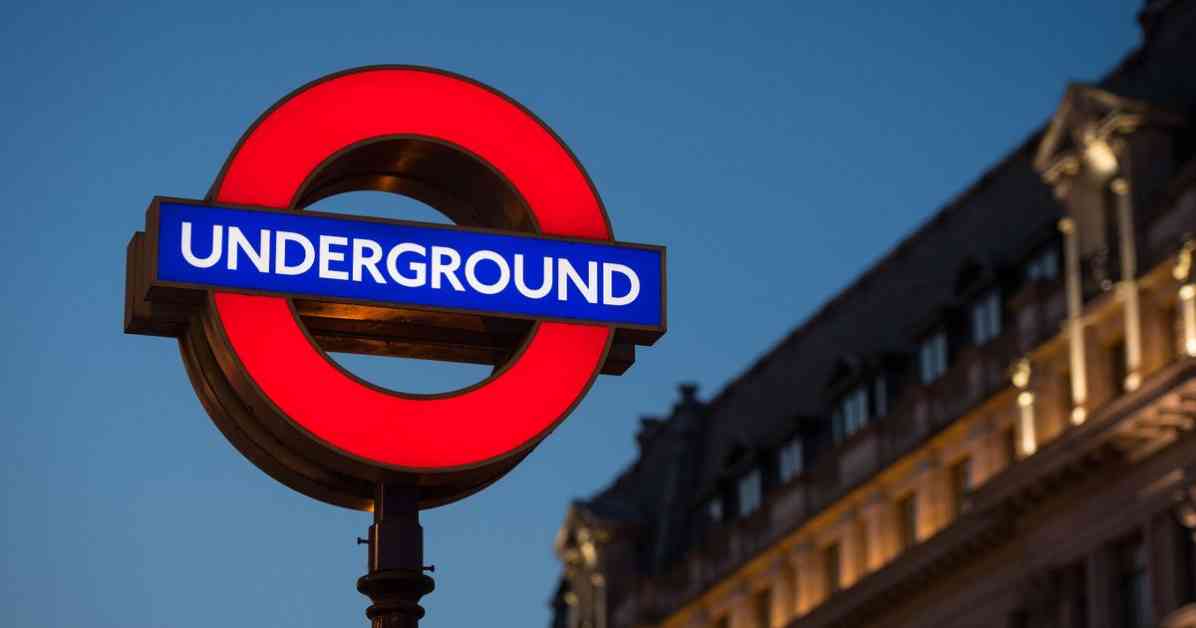The London Underground, also known as The Tube, is a vital part of London’s transportation system. It first opened in 1863 as The Metropolitan Railway, running between Paddington and Farringdon Street to reduce street congestion. An extension to Swiss Cottage in 1868 marked its expansion into suburbia, catering to the growing suburban areas in the north west of London.
As the network grew, The Metropolitan Railway saw an opportunity to promote suburban living in areas like Buckinghamshire, Hertfordshire, and Middlesex, known as ‘Metroland’. By highlighting their fast rail services to these dream homes, they attracted more passengers to use the underground railway.
In the early 20th century, The Metropolitan Railway earned the nickname ‘The Tube’. Initially called The Twopenny Tube because all fares cost tuppence, commuters eventually shortened it to just ‘The Tube’. Today, the London Underground boasts 272 stations spread across 402 kilometres, serving over 5 million passengers daily – more than half of London’s population.
Waterloo station is the busiest, accommodating 100.3 million passengers annually, while Rodding Valley on the Central line is the least used, serving just 259,271 passengers in 2022. Despite its vast network and passenger capacity, The Tube remains an essential mode of transportation for Londoners.
The London Underground continues to play a crucial role in connecting the city and its surrounding areas, making commuting easier for millions of people every day. With its rich history and unique nickname, The Tube has become synonymous with London’s iconic transportation system.












